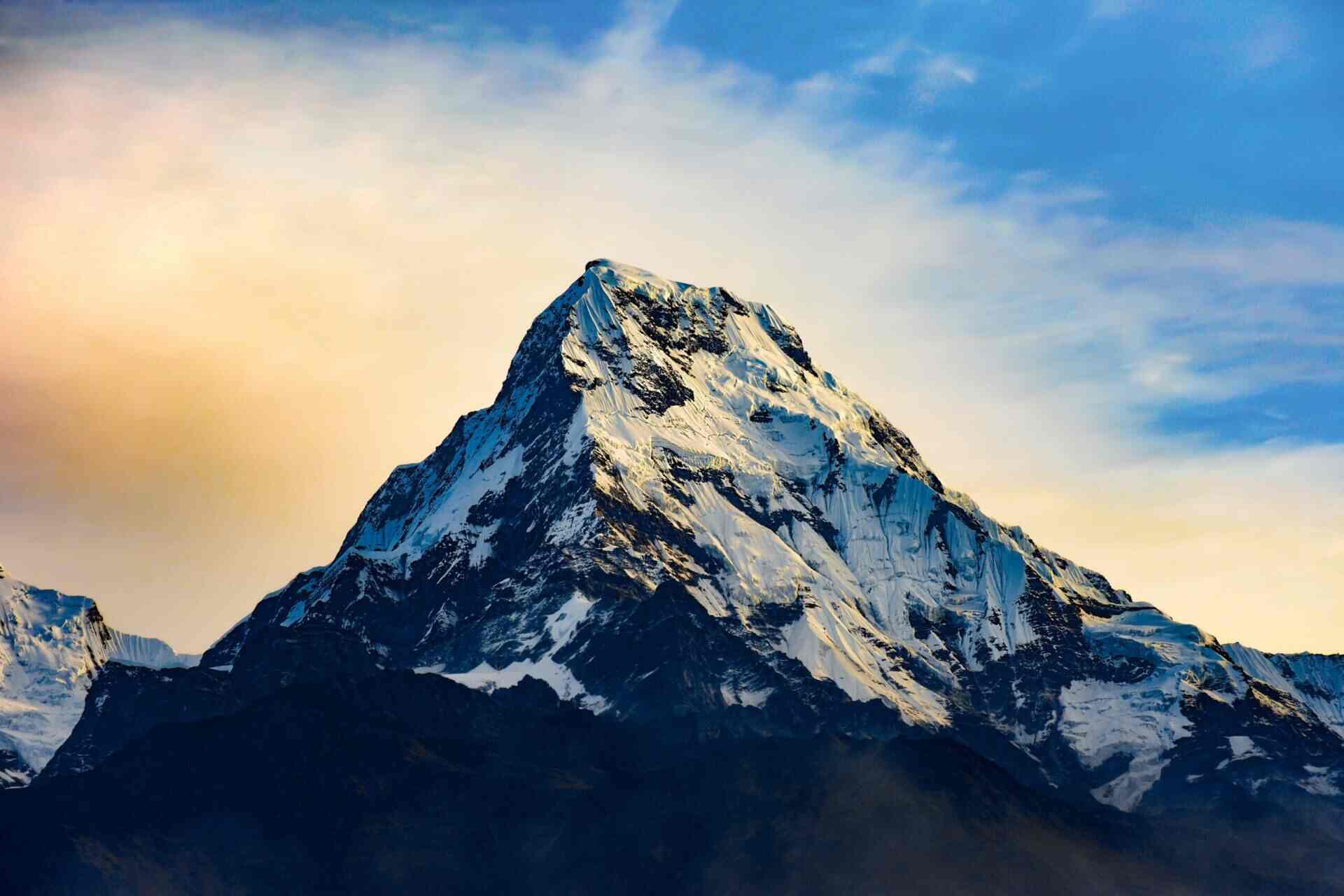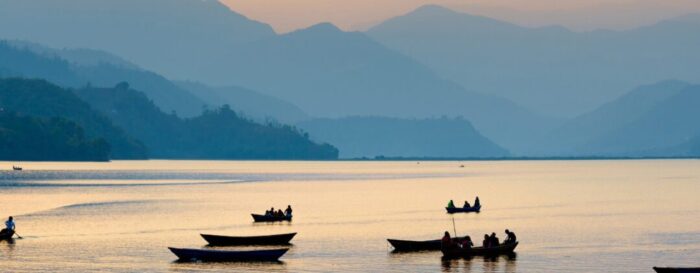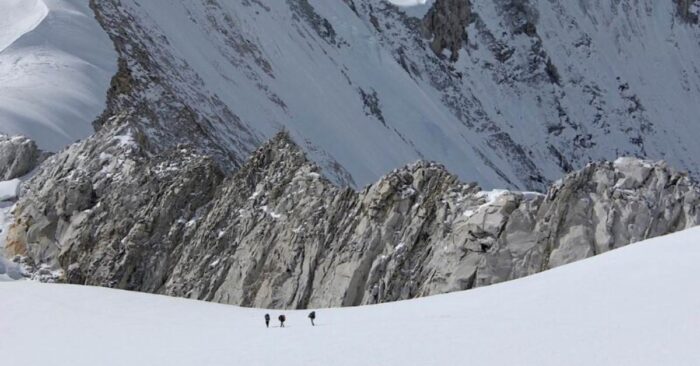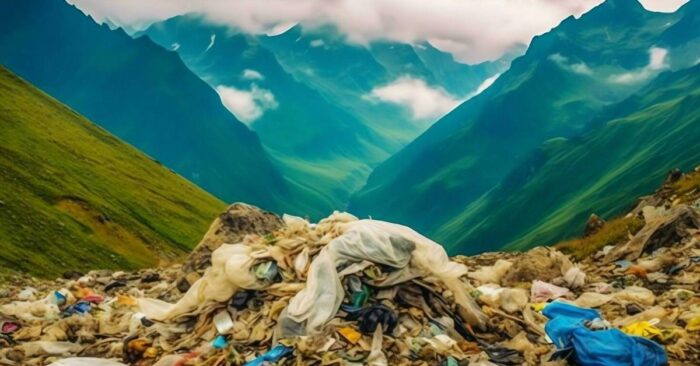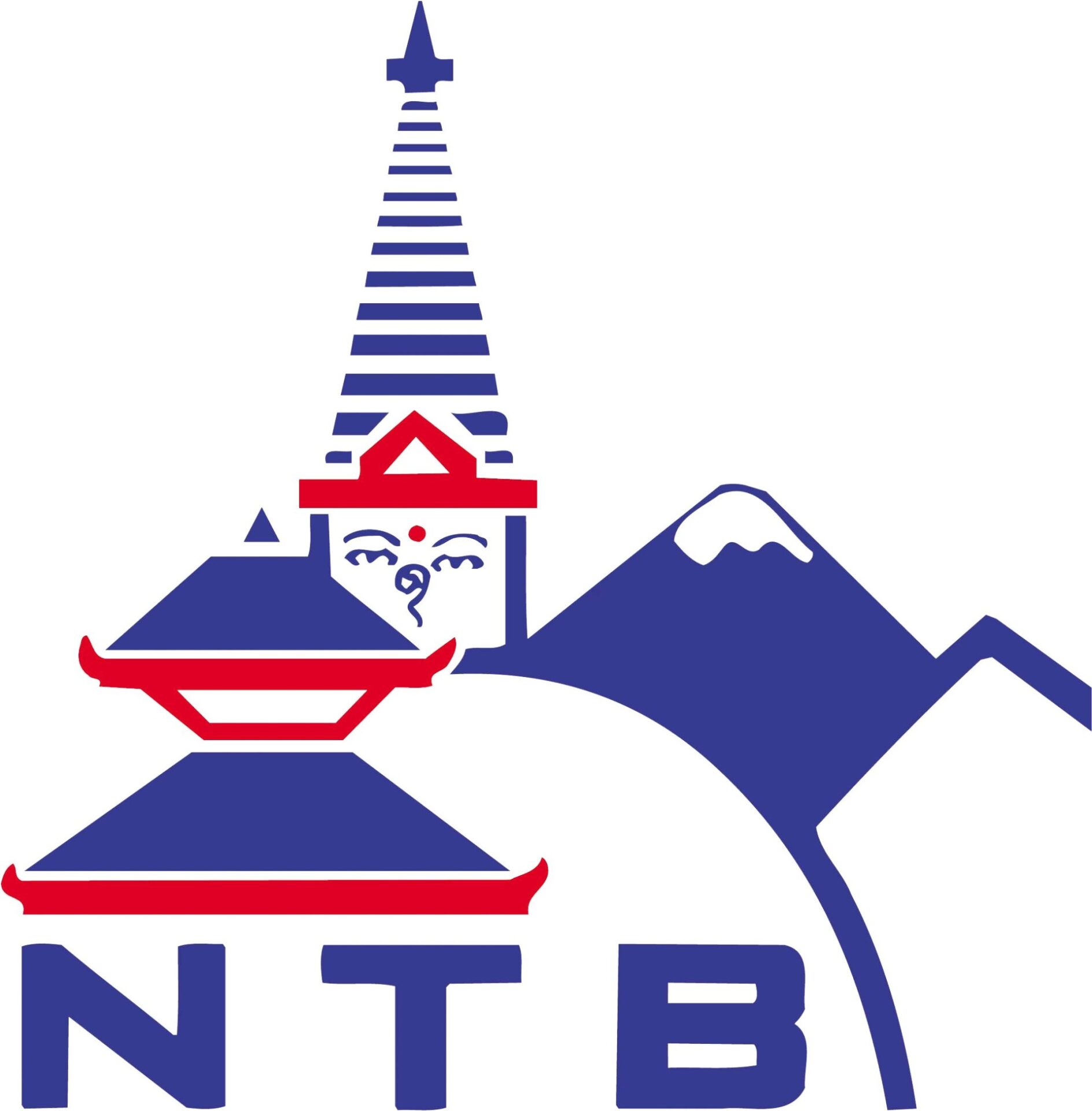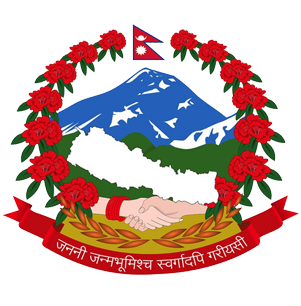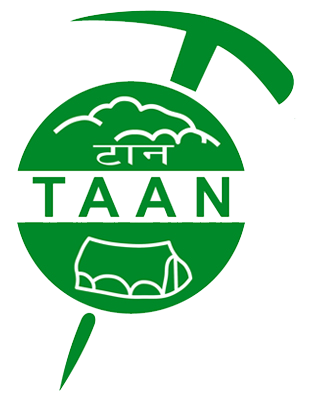The Annapurna Region is one of the most popular trekking destinations in Nepal, offering a diverse range of landscapes, cultures, and stunning views of the Himalayas. The Annapurna Region is situated in the central part of Nepal. The region is named after Annapurna, a range of peaks in the Himalayas, including Annapurna I, the 10th highest mountain in the world. This region offers spectacular views of the Annapurna region, the Dhaulagiri range, Mt. Machapuchare, and many more Himalayan ranges. The Annapurna Region is home to diverse ethnic groups, including Gurung, Magar, Thakali, and Manangi people. Easy treks to challenging high-pass treks can be done in the Annapurna region. Trekkers can get the opportunity to explore the popular charming village with traditional stone houses or the less-visited traditional village with unique landscapes. The route passes from subtropical forests to alpine meadows with diverse ecosystems. Trekkers can get a chance to encounter wildlife, including various flora, fauna, and bird species, as well as the elusive snow leopard.
Few Popular Annapurna Treks
The Annapurna Region in Nepal offers a variety of renowned treks, each with its own unique features and attractions. Here are a few popular treks in the Annapurna region:
Annapurna Circuit Trek
A popular trek that routes around the Annapurna Massif is the Annapurna Circuit Trek. Starting from Besi Sahar, the trail traverses through diverse landscapes, including subtropical forests, terraced fields, and high-altitude deserts. The highlight of the trek is the challenging Thorong La Pass (5,416 meters), offering breathtaking panoramic views of the Annapurna and Dhaulagiri ranges. The circuit offers a rich cultural experience as it passes through traditional villages home to the Gurung, Thakali, and Manangi communities.
Annapurna Base Camp Trek (ABC)
The Annapurna Base Camp Trek is a shorter and more direct route to the heart of the Annapurna Sanctuary. To reach the Annapurna I base camp, the trek begins in Nayapul or Phedi and steadily climbs through rhododendron forests and terraced farms. The trail passes through charming Gurung villages like Chhomrong and offers stunning views of Machapuchare and Hiunchuli. The climax of the trek is the landscape of towering peaks surrounding Annapurna Base Camp.
Ghorepani Poon Hill Trek
The Ghorepani Poon Hill Trek is a popular and relatively short trek, perfect for those with limited time. Starting from Nayapul, the trail passes through rhododendron forests and traditional Gurung villages, including Ghorepani. An incredible view of the Annapurna and Dhaulagiri Mountain ranges is the sunrise view from Poon Hill, which is the highlight of the trip. The trek is renowned for its breathtaking scenery, cultural exchanges, and accessibility.
Mardi Himal Trek
The Mardi Himal Trek is a less crowded route that takes you to the base of Mardi Himal, offering close-up views of the Annapurna and Machapuchare peaks. Starting from Kande or Phedi, the trail winds through lush forests, alpine meadows, and traditional villages. The trek is a great option for those looking for peace and breathtaking mountain views because it offers a more sedate and off-the-beaten-path experience.
Nar Phu Valley Trek
The Nar Phu Valley Trek is an adventurous and less-visited trek that explores the remote Nar and Phu valleys, located north of the Annapurna region. A special permit is needed for this trek, which passes through historic monasteries, high alpine scenery, and traditional Tibetan villages. The trail joins the Annapurna Circuit, offering a unique cultural and wilderness experience.
Jomsom Muktinath Trek
The Jomsom Muktinath Trek is a classic trek in the Annapurna region that takes you to the sacred site of Muktinath. The trail starts from Nayapul or Pokhara and follows the Kali Gandaki River, which is renowned for having the world’s deepest gorge. The trek goes through the Mustang region, which is home to the well-known Jomsom town, traditional villages, and unusual landscapes. A major highlight of this trek is visiting the holy pilgrimage site of Muktinath.
Australian camp and Dhampus Trek
The Australian Camp and Dhampus Trek is a short trek near Pokhara, perfect for those with limited time. With breathtaking views of the Machapuchare and Annapurna ranges, the trek begins at Phedi or Kande and ends at Australian Camp and Dhampus. The trail passes through terraced fields, rhododendron forests, and traditional Gurung villages, offering a taste of the Annapurna trekking experience.
Permits and Regulations
When trekking in the Annapurna region of Nepal, trekkers need to obtain specific permits and follow regulations to ensure a smooth and responsible trekking experience. The permits are in place to support conservation efforts, regulate the flow of trekkers, and provide safety measures.
Annapurna Conservation Area Permit (ACAP)
In order to access the Annapurna Conservation Area, which covers a significant part of the Annapurna region, trekkers must obtain an Annapurna Conservation Area Permit (ACAP). The National Trust for Nature Conservation (NTNC) offices in Kathmandu or Pokhara, or its authorized agents, are the places to get the permits. The permit fee varies for foreigners and SAARC (South Asian Association for Regional Cooperation) nationals.
Trekkers’ Information Management System (TIMS) Card
The Trekkers’ Information Management System (TIMS) is necessary to manage and support rescue operations in the event of an emergency, as well as to maintain a record of trekkers. The Nepal Tourism Board (NTB) in Kathmandu or Pokhara, as well as the TIMS counter in Dhampus, are the places to get this card. The fee depends on the type of trekker (individual trekkers or group trekkers).
Special Permits for Restricted Areas
Trekkers require special permits to enter some restricted areas, such as Upper Mustang and Nar Phu Valley. The Department of Immigration in Kathmandu is the place to get special permits. Compared to the regular ACAP and TIMS, special permits have higher fees.
Best Time to Trek
The best time to trek in the Annapurna region is during the spring and autumn seasons, which offer perfect weather conditions for a memorable trekking experience. The spring season, from March to May, is characterized by mild temperatures, blooming rhododendron forests, and clear skies. The trails come alive with vibrant colors, and the panoramic views of the Annapurna and Dhaulagiri ranges are breathtaking. Similarly, the autumn season, which lasts from September to November, is characterized by stable weather, dry conditions, and excellent visibility. The skies are clear, providing unobstructed vistas of the majestic peaks. Both seasons have pleasant daytime temperatures, which make trekking enjoyable, and there is little chance of snow and rain. Choosing the right time to trek ensures a safe, comfortable, and visually rewarding experience in the stunning Annapurna region of Nepal.
Accommodation and Facilities.
A variety of lodging options, from basic teahouses to luxury lodges, are available along the Annapurna trekking routes to satisfy the varied needs of trekkers. Teahouses are a common choice, offering simple rooms with basic amenities such as a bed, a blanket, and shared bathrooms. These teahouses also serve as dining areas, providing hot meals that include a variety of local and international dishes. Some popular trekking routes have witnessed the development of more modern lodges with additional amenities, including attached bathrooms, Wi-Fi, and charging facilities. Since there might not be as many amenities in the higher-altitude regions, trekkers are advised to pack necessities like a sleeping bag and personal hygiene products. Teahouses and lodges are also thoughtfully positioned along the trails to provide trekkers with places to rest and acclimate while taking in the stunning scenery. The warmth and hospitality of the local hosts contribute to a memorable experience, making accommodation and facilities an integral part of the Annapurna region’s trekking charm.
Fitness and Altitude
Trekking in the Annapurna region requires a good level of physical fitness, as the trails involve varying terrains and altitudes. Trekkers should be prepared for uphill climbs and downhill descents. To reduce the possibility of altitude-related problems, proper acclimatization is essential. A steady ascent with planned rest days is advised to ensure a secure and pleasurable trekking experience.
Guides and Porters
Engaging local guides and porters is highly recommended for trekking in the Annapurna region. Experienced guides provide useful knowledge of the culture and terrain and ensure safe navigation, while porters reduce the load, allowing trekkers to enjoy the journey. Hiring these local experts not only enhances the trekking experience but also supports the livelihoods of the communities in the region.
Packing Essentials
Pack reliable clothing for different weather conditions, as the weather can be quite unpredictable. Sturdy trekking shoes with good ankle support are required. Other essentials include a backpack, trekking poles, water purification tablets, a first aid kit, sunscreen, a hat, and a warm sleeping bag suitable for the altitude.
Respect Local Culture
Nepal is a culturally diverse nation, so it’s essential to honor regional traditions. Cultural sensitivity can be demonstrated by learning a few simple phrases in Nepali, dressing modestly, and getting someone’s permission before taking their picture. Ancient temples and monasteries can be found in many villages; when visiting these locations, make sure to follow the customs and guidelines in the area.

